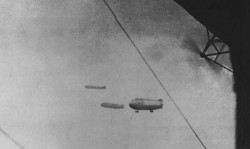Massed media
Chronomedia is a very nicely done chronology of developments in just about all forms of audio-visual mass media, covering a wide span but inevitably concentrating on Britain and America in the 20th century. Lots of interesting little tit-bits: the first film shot from an aircraft in flight was in September 1908; while in September 1939, […]


